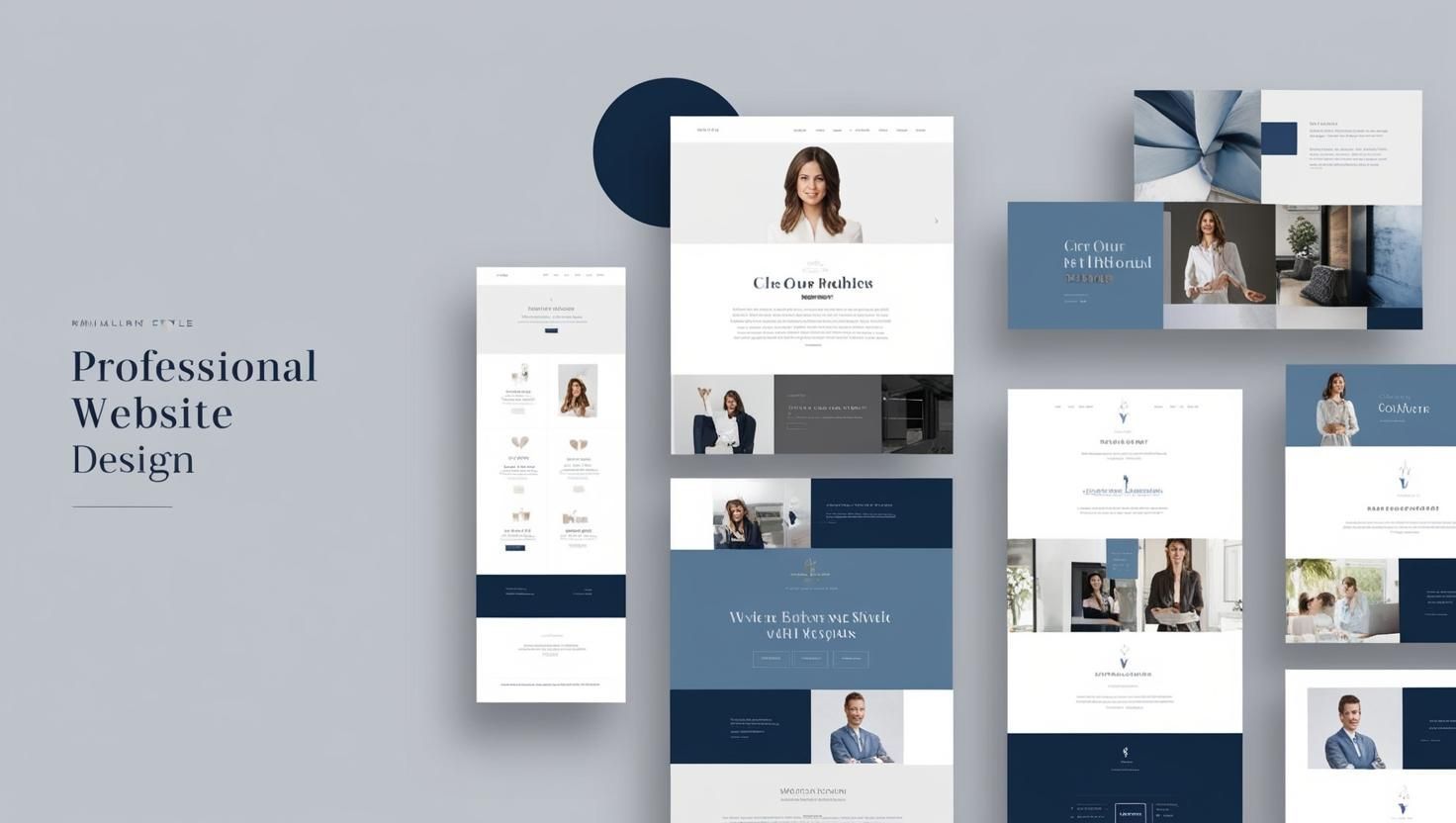The Ultimate Guide to Website Design: Top Trends, Tips, and Keywords You Need to Know
Website design is a crucial part of building an online presence that attracts, engages, and retains visitors. Whether you're a small business owner, a blogger, or a digital marketer, understanding the best practices in website design is essential. In this blog, we’ll dive into the world of web design and explore the top trends, tips, and highly searched keywords that can help you optimize your website’s user experience (UX), performance, and SEO.
1. What Is Website Design?
Website design refers to the process of planning and creating the layout, structure, and visuals of a website. This involves a combination of graphic design, user interface (UI) design, and user experience (UX) design to create a site that is both functional and visually appealing. Web designers use various tools and coding languages like HTML, CSS, and JavaScript to build websites that look great on desktops, tablets, and smartphones.
Top Keywords:
- Web Design
- Website Design
- User Interface Design (UI Design)
- User Experience (UX Design)
2. The Importance of Responsive Web Design
In today's digital landscape, responsive web design is one of the most critical aspects of web development. A responsive design ensures that your website looks great on all devices, whether it's a mobile phone, tablet, or desktop. With the increasing use of mobile devices for browsing, Google emphasizes responsive design as a ranking factor for SEO.
Top Keywords:
- Responsive Web Design
- Mobile-Friendly Website
- Mobile-First Design
- Mobile Optimization
3. The Power of Minimalist Web Design
Minimalism continues to dominate website design trends. Minimalist web design focuses on simplicity, clean lines, and an uncluttered layout. This approach enhances usability by making the website easier to navigate and helps users find important information faster. By using more white space, simple typography, and clear calls-to-action (CTAs), minimalist design can create a visually appealing and functional website.
Top Keywords:
- Minimalist Web Design
- Clean Web Design
- Simplicity in Web Design
- Web Design Trends
4. Importance of Website Speed and Performance
One of the most important aspects of a good website is its performance. A slow-loading website can frustrate users and lead to high bounce rates, negatively impacting your SEO rankings. In fact, Google PageSpeed is a ranking factor, meaning that faster websites tend to rank higher in search results. Ensuring that your website is optimized for speed involves compressing images, minifying CSS and JavaScript, and using caching strategies.
Top Keywords:
- Website Speed
- PageSpeed Optimization
- Website Performance
- Fast-Loading Websites
5. SEO-Friendly Web Design
Search Engine Optimization (SEO) plays a major role in how your website is ranked by Google and other search engines. A well-designed website is not only visually appealing but also structured in a way that makes it easy for search engines to crawl and index. From URL structure to alt text for images and meta descriptions, there are many ways to make your site SEO-friendly.
Top Keywords:
- SEO Web Design
- SEO Best Practices
- Search Engine Optimization
- Website Content Optimization
6. The Rise of Dark Mode and Custom Themes
Dark mode has become increasingly popular, not just as a user preference but also as a trend in web design. Websites that offer dark mode options provide a more comfortable experience for users, especially in low-light environments. Many websites also allow users to toggle between light and dark modes. Furthermore, custom themes tailored to your brand’s identity can set your website apart from the competition.
Top Keywords:
- Dark Mode Website
- Custom Themes
- Website Color Scheme
- Theme Customization
7. Using High-Quality Images and Videos
Visual content such as high-quality images and videos can significantly enhance the user experience on your website. Well-chosen images and videos convey your message effectively, grab attention, and encourage user interaction. However, it’s essential to optimize these elements to avoid slowing down your website. Always ensure that your media files are compressed without compromising their quality.
Top Keywords:
- High-Quality Images
- Website Video Content
- Image Optimization
- Visual Content Strategy
8. The Importance of Clear Calls-to-Action (CTAs)
Effective calls-to-action (CTAs) are one of the most important elements in website design. They guide users toward the next steps, whether it's making a purchase, signing up for a newsletter, or contacting your business. A well-placed and compelling CTA can significantly increase your conversion rates. CTAs should be clear, concise, and easy to find on the page.
Top Keywords:
- Calls-to-Action
- Conversion Rate Optimization
- CTAs in Web Design
- CTA Best Practices
9. User Testing and Feedback
User testing and feedback are essential for optimizing your website's design and functionality. Tools like heatmaps, A/B testing, and user surveys can help you gather data on how visitors are interacting with your site. By understanding user behavior, you can make informed design decisions that improve your website’s usability.
Top Keywords:
- User Testing
- A/B Testing
- Website Feedback
- Usability Testing
10. Web Design Accessibility
In today’s inclusive world, web accessibility is not just a good practice; it’s a legal requirement in many regions. Designing a website that is accessible to users with disabilities ensures that everyone can interact with your site. This includes optimizing your website for screen readers, ensuring that your content has proper contrast for those with visual impairments, and providing text alternatives for non-text content.
Top Keywords:
- Web Accessibility
- ADA Compliance
- Accessible Web Design
- Inclusive Web Design
Conclusion: Stay Ahead of the Game
Website design is not just about creating a visually appealing site; it’s about optimizing user experience, improving performance, and ensuring that your website is search-engine-friendly. By staying on top of web design trends, focusing on user needs, and utilizing the right keywords, you can create a website that drives traffic and keeps visitors engaged. As web design continues to evolve, always remember that user-centric design is key to long-term success.
Top Keywords Recap:
- Website Design
- Responsive Web Design
- UX/UI Design
- Minimalist Web Design
- SEO Web Design
- Website Performance
- Dark Mode
- Conversion Optimization
Happy designing!
By integrating these top keywords and focusing on user experience, your website will stand out in today’s competitive digital landscape. Whether you're starting from scratch or looking to improve your existing site, these insights and keywords will help you make informed decisions that drive better results.


